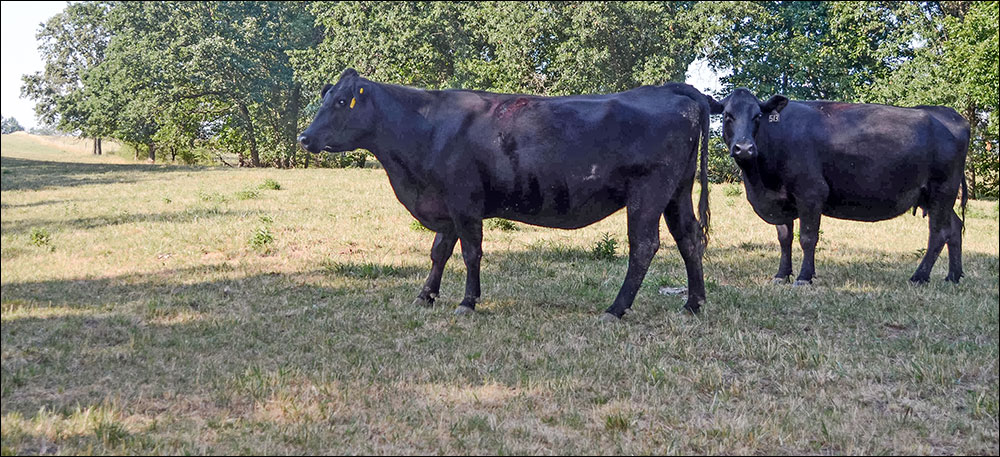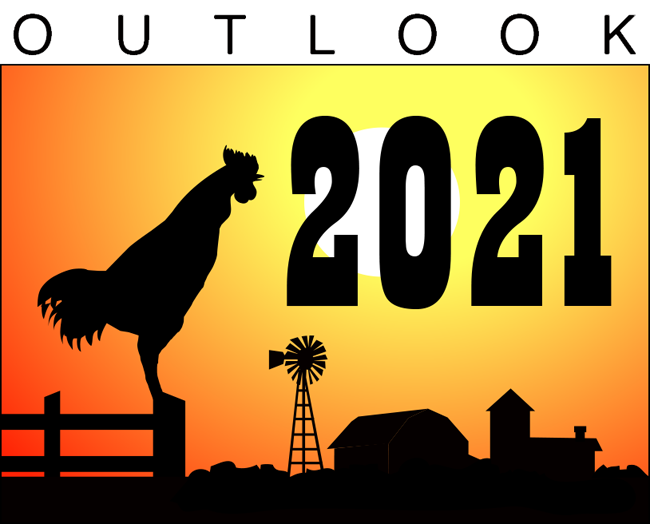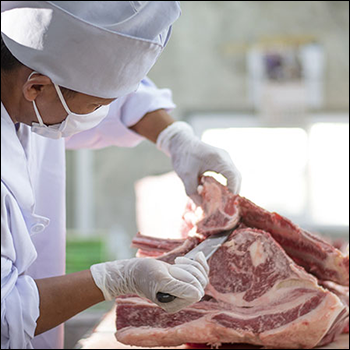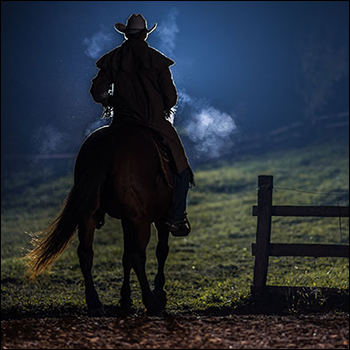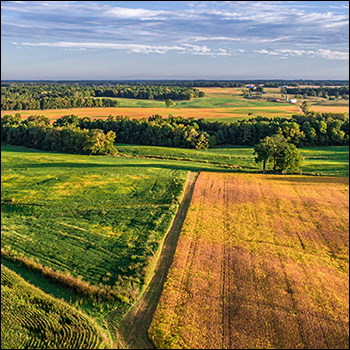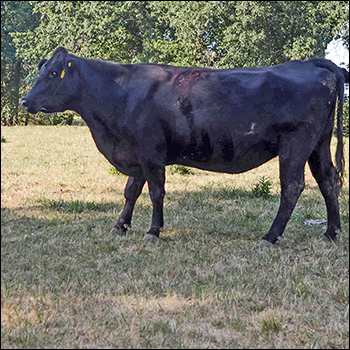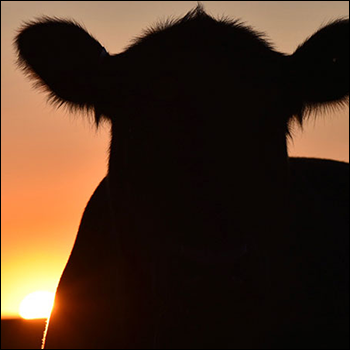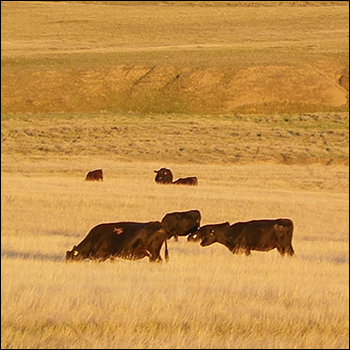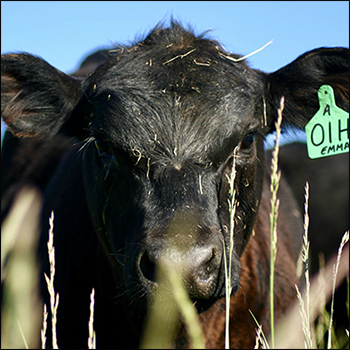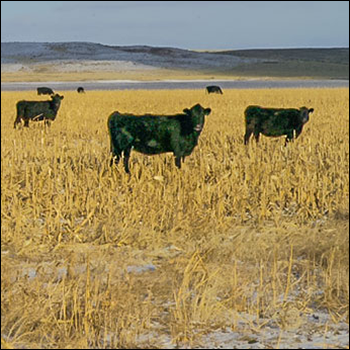Regional Hay Issues Due to Western Drought
Areas affected by drought experiencing severe challenges to get through winter on current hay stocks.
Recent USDA reports provide a picture of the hay situation across the United States. Dec. 1 hay stocks were down a scant 0.6% year over year for the entire United States. Table 1 shows the top 10 states for hay stocks, as well as 2020 all hay, alfalfa hay and other production. Total 2020 hay production was down 1.6% nationwide with alfalfa hay production down 3.3% year over year and other hay production down just 0.3% compared to 2019.
Embrace Pivots in Your BRD Management Program
Focus on finding the right BRD solution for your operation.
Bovine respiratory disease (BRD) can be a challenge for all stocker operations as they try to raise healthy, productive calves. However, there is no one magic solution for minimizing BRD that works across all herds. Jerry Armstrong, a stocker producer near Dime Box, Texas, recently saw that idea in action.
Tracking Transboundary and Emerging Diseases
New project to use next-generation sequencing for faster bovine disease detection.
Transboundary and emerging diseases are constant threats to the livestock industry. Even as biosafety measures have evolved, there is always the lingering threat of highly contagious or newly discovered diseases affecting animal health.
Acute Toxin-forming Gut Infections
How to treat deadly acute enterotoxemia in baby calves.
Some ranchers have to deal with acute enterotoxemia in calves caused by bacterial toxins. This highly fatal condition often hits month-old calves, but sometimes it affects calves at a week of age, or at two to three months. These calves suddenly develop acute gut pain — kicking at the belly, throwing themselves to the ground and thrashing, like a colicky horse. A calf also might suddenly become dull and bloated due to bacteria in the gut producing deadly toxins. These toxins shut down the gut, causing sudden buildup of gas.
Are Your Cows Too Big?
Match inventory to available feed resources.
Mature weight and milk production of many commercial beef cows are both greater than they were 30-40 years ago. Many ranchers have not recently weighed the adult cows in their herd to know what average mature weight to expect. Therefore, most commercial ranchers would underestimate the mature size of their cows. To expect large, heavy-milking cows to be in moderate body condition at calving and maintain condition through breeding, they must receive more feed than smaller, lighter-milking cows.
Is Your Silage Ready?
Three tips offered if you need to feed silage earlier than its peak.
When is silage ready to be opened? Often, it comes down to when producers need feed — not necessarily when the silage is at its peak. For opening silage early, there are ways to optimize its effectiveness. The general recommendation is to allow four to six weeks of storage. For corn silage, if possible, wait about four months so starch will become more digestible. Make the transition gradual, over 10-14 days. Limit the opportunity for growth of spoilage microbes by restricting oxygen penetration into the face and top of silage.
Sulfur Dangers in Calves
Watch for polio signs from sulfur in feed or water.
Producers who are supplementing their calves with feeds such as corn gluten or distillers’ grain need to be on the watch for polio, a health condition that causes blindness or difficulty walking due to brain swelling. This can happen in supplemented calves that are drinking from a water source that also contains sulfur.
